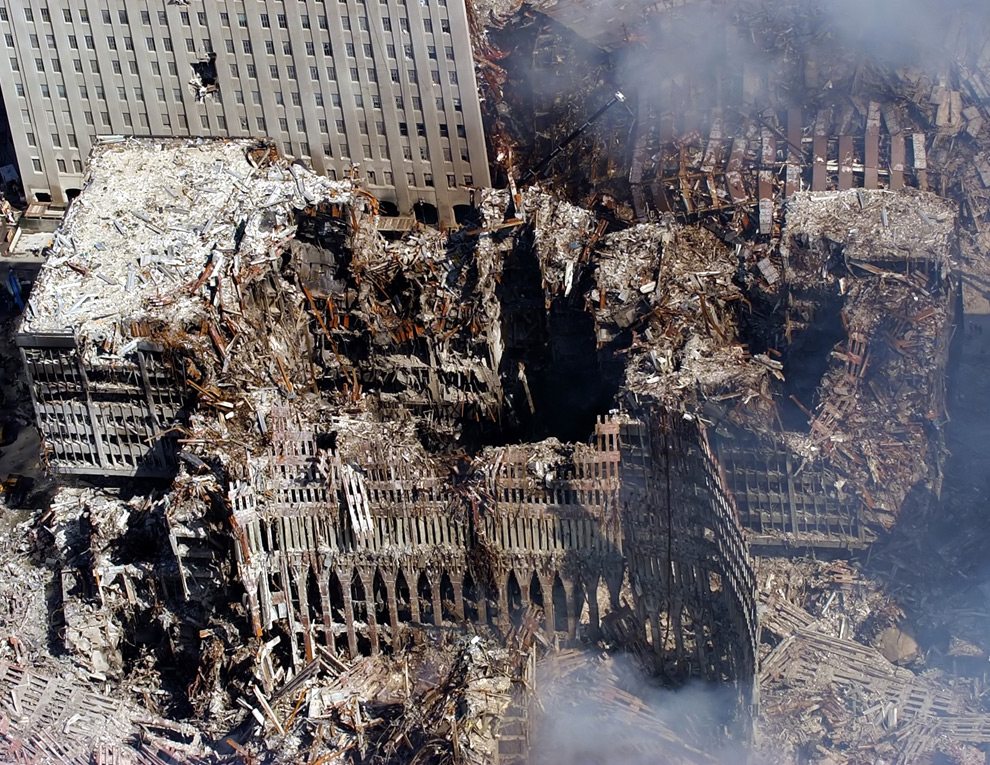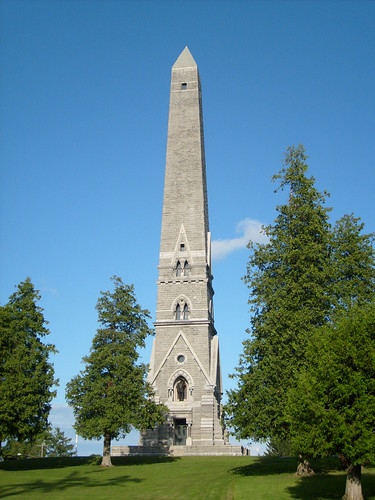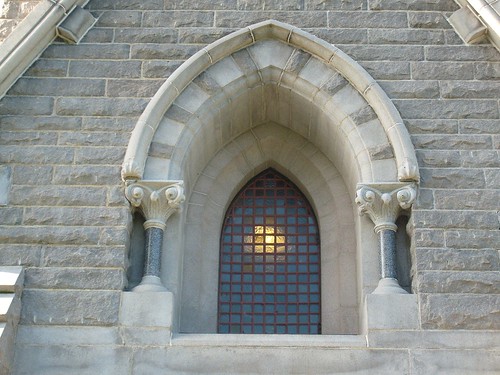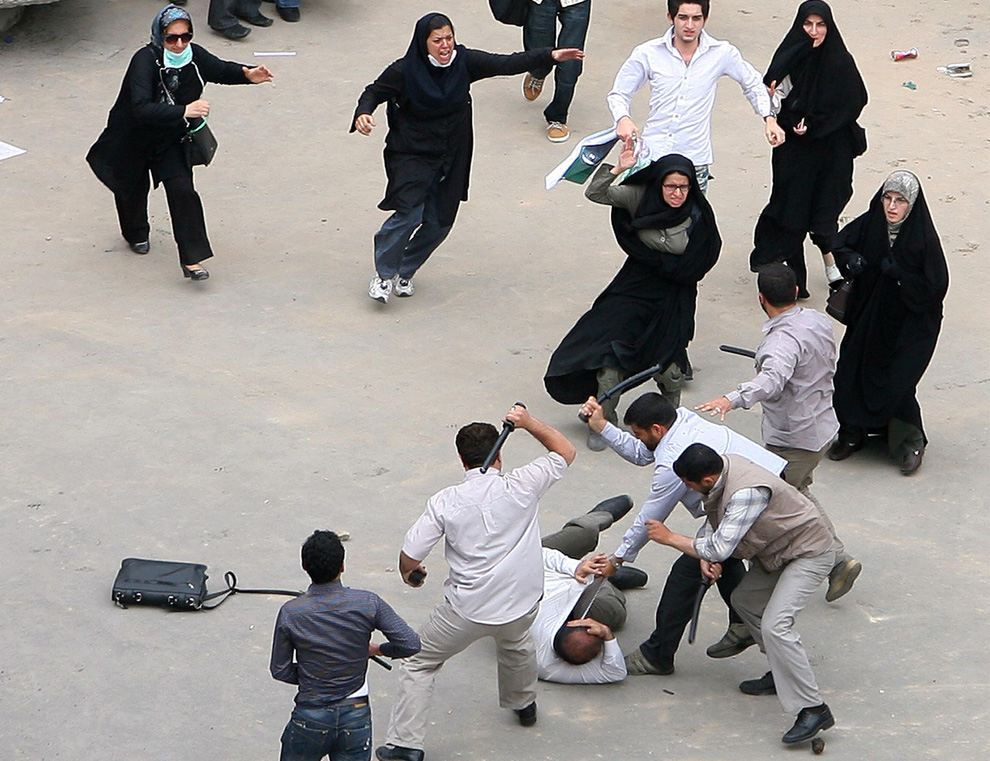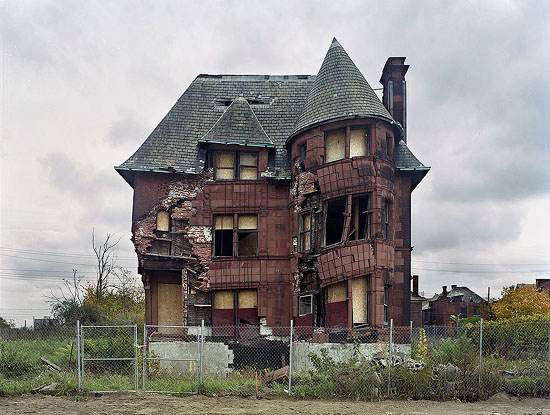Julia is totally enamored of the Betsy-Tacy books by Maud Hart Lovelace, a Minnesota writer who turned her experiences as a young girl in the 1890s and 1900s into a long series of novels published in the 1940s and 1950s. They’re good books, full of very tame mischief and exciting-for-a-kid adventures and just enough period detail to get a smart kid thinking. I mean, she knows what shirtwaists are, and who ruled Spain in 1900, and why one of the character’s brothers died as a baby.
Julia has three of the novels, and she’s read each of them at least a dozen times. If she’s awake and in the house, she’s probably reading one of them or being dragged away from one of them or scheming to get back to one of them. It’s not too much to say that she has them memorized: if by intention or omission I skip a word while reading one of the books aloud, Julia instantly corrects me. Half the time, Vivi does, too.
All this is more than great of course, but for present purposes, the best thing about the Betsy-Tacy books is that they’re set in a fictionalized version of Mankato, Minnesota, which is an hour away from us. And as luck would have it, the Betsy-Tacy Society there owns and maintains the houses in which Maud Hart Lovelace (“Betsy”) and her best friend Frances ‘Bick’ Kenney (“Tacy”) grew up.
I dunno about you, but this means a road trip, and this weekend we’re taking a day trip to “Deep Valley” to see the houses and walk around the neighborhood and have lunch in the park where Betsy, Tacy, and Tib (who joined the two of them later on) picnicked and sit on the bench on which they sat and looked down at their little river town. Who knows – we might even pick up a copy or two of the official Betsy-Tacy coloring book.
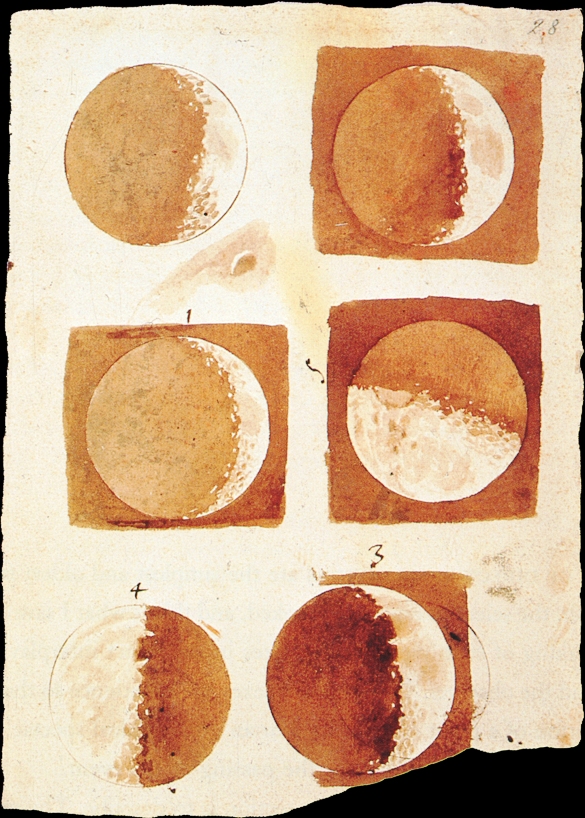



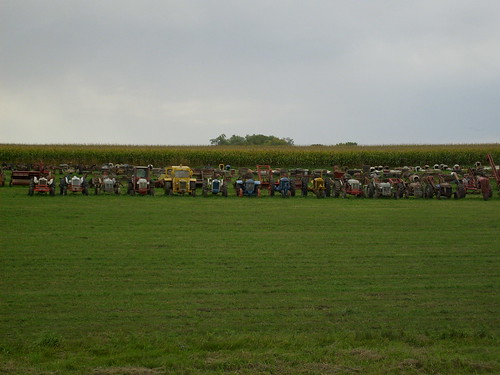

,%20Carleton%20College-large.jpg)
,%20Carleton%20College-large.jpg)

